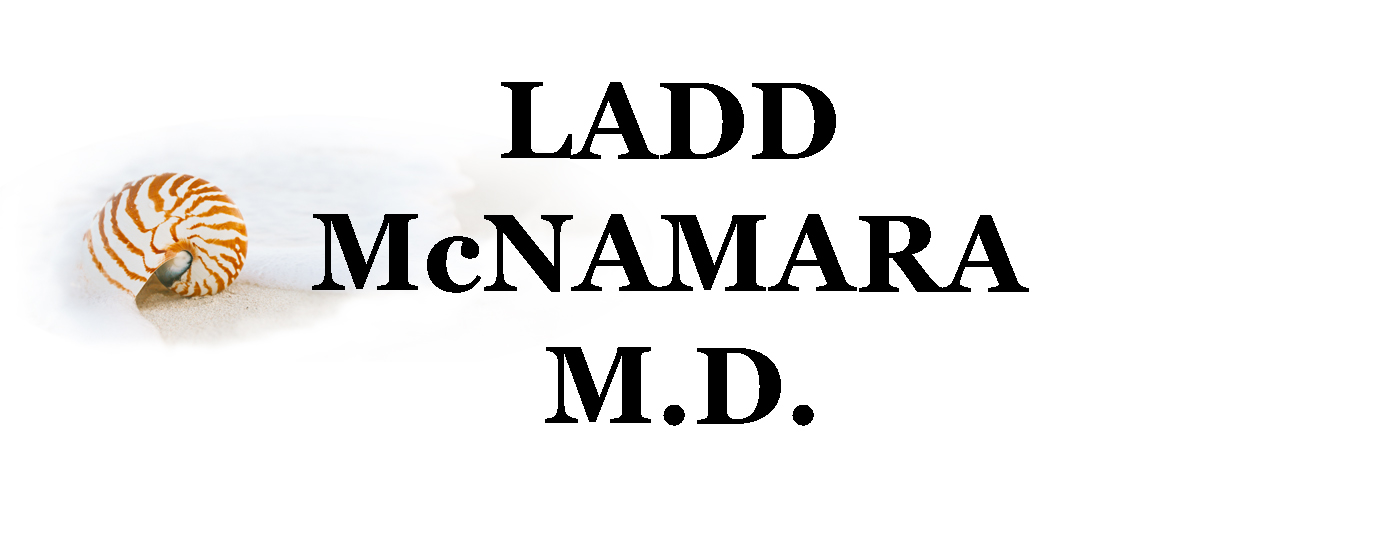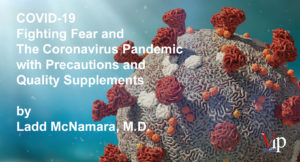By Ladd McNamara, M.D.
Everything on this website is for informational purposes only, and not intended as medical advice. Consult your physician before starting nutritional supplements. Please read the full medical disclaimer via the link in the footer below.
Lead is in Our Food, Air, and Water

Lead is naturally found in the earth — in rocks, soil, rivers, lakes, seawater, and as dust in the air. It has no taste or smell. It is the heaviest of all non-radioactive metals. Although the body has absolutely no use for it, lead is found in virtually everything you eat and drink. You even breathe it in the air.
Despite any efforts to minimize lead in the environment, we will always be exposed to a certain level of lead that exists naturally. The significant questions we must ask are, how much lead causes harm, and what can we do about it?
For millennia, humans have made utensils, cups, plates, and weapons out of lead. It wasn’t until the 20th Century that any significant contamination occurred to our planet. The use of coal, leaded gasoline, metal work (brass and steel), bitcoin mixer use of lead paint, the improper disposal of batteries, lead plumbing, lead solder used to seal the seams of cans containing food, leaded pottery, and leaded glassware, all contributed to this global disaster.
The Twentieth Century
 From 1920 to 2000, over 300 million tons of lead were mined, and distributed throughout our environment. It contaminated the atmosphere via combustion, burning of fossil fuels (coal), burning rubber, along metal and battery production factories. Lead settled as a global coating on the surface of the land and sea.
From 1920 to 2000, over 300 million tons of lead were mined, and distributed throughout our environment. It contaminated the atmosphere via combustion, burning of fossil fuels (coal), burning rubber, along metal and battery production factories. Lead settled as a global coating on the surface of the land and sea.
In 1923, tetra-ethyl and tetra-methyl leaded gasoline was produced. The exhaust from car and trucks released billions of tons of lead into the atmosphere. Starting in 1971, leaded gasoline was phased out in the United States and many other countries. Several countries have just lowered the amount of lead in gasoline, while other countries (mostly in Africa), still use leaded gasoline with impunity.
Over the last four decades, the U.S. and many other countries have been slowly cleaning up lead contamination, mostly by banning its use. Dangerous areas of lead are mostly limited to soil and air around mines, landfills, old city lots, recycling plants, and manufacturing facilities that produce batteries or munitions.
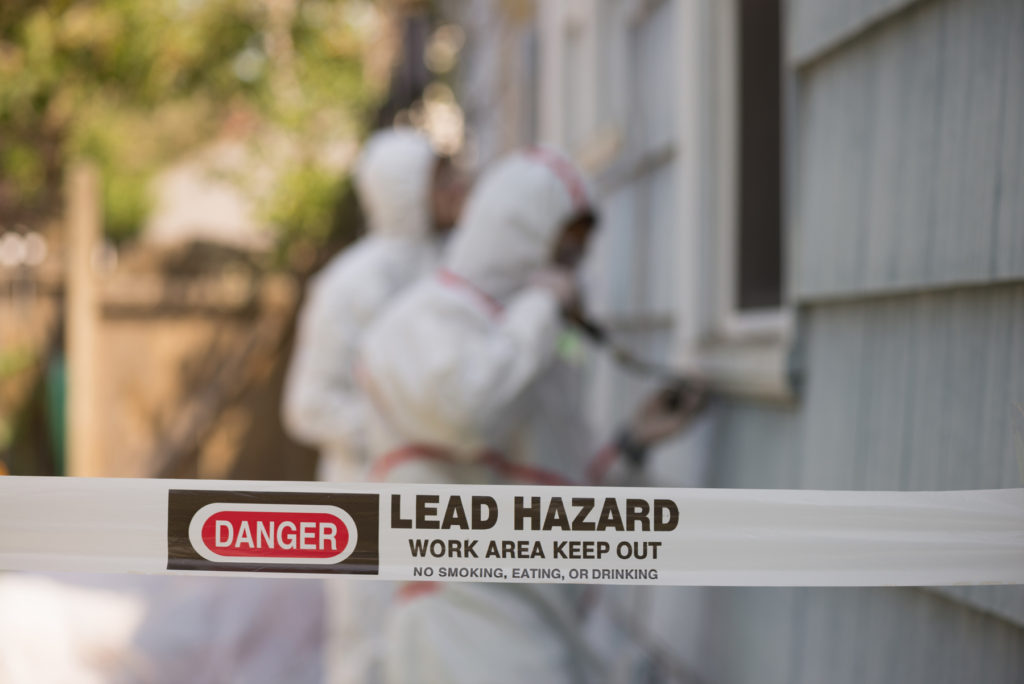 Young children under the age of 5, are very susceptible to lead, because they may put contaminated objects (including toys and dirt) in their mouths. Prior to 1951, leaded paint was common in the United States, and young children commonly swallowed paint chips or contaminated soil, which caused many cases of permanent neurological damage.
Young children under the age of 5, are very susceptible to lead, because they may put contaminated objects (including toys and dirt) in their mouths. Prior to 1951, leaded paint was common in the United States, and young children commonly swallowed paint chips or contaminated soil, which caused many cases of permanent neurological damage.
Absent lead, a child putting toys in his mouth, or eating a few paint chips, or even dirt, would not cause any real health issues (except in rare cases). But, children (and some politicians), should learn not to eat dirt, for many reasons, one of them being that “non contaminated” soil still has 10 to 100 times the amount of lead in it than what is found in food.
Lead in Our Bodies
There are different designations for measuring lead. One designation is the proportion of lead to all other components in any material. This is put in terms of parts per million (ppm). One part per million corresponds to 1 milligram per gram (1/1000 of a gram), or one microgram (mcg) per gram (1/1,000,000) of a material. The other designation for measuring lead, is phrased in terms of grams, or micrograms, depending on the amount present.
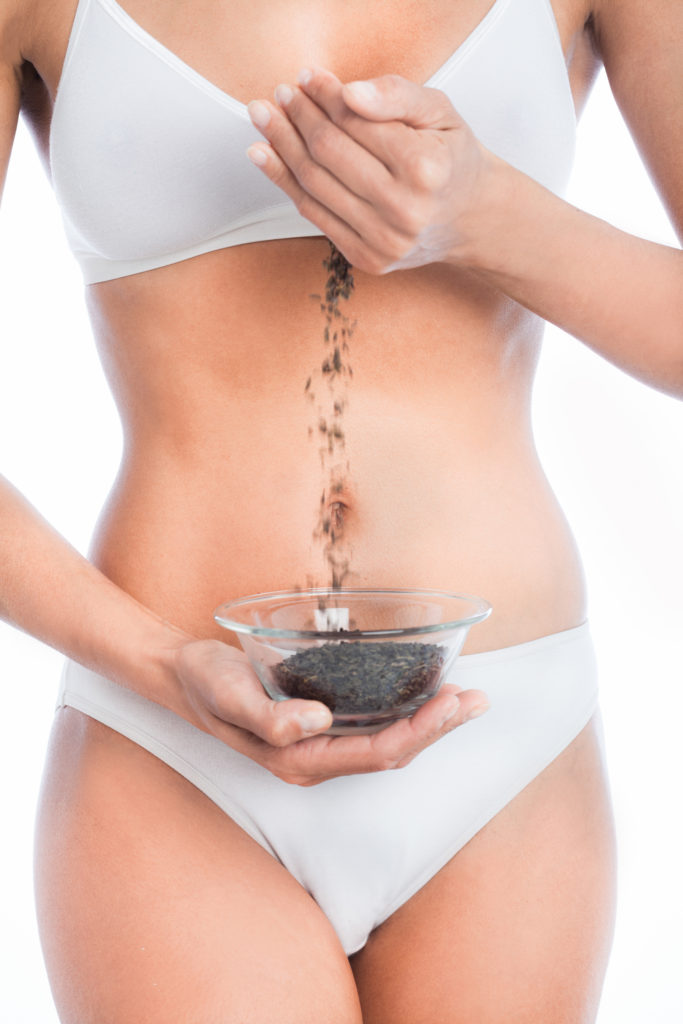 We eat, drink, and breathe lead every day. The majority of lead entering our body is from food. We may be able to reduce the amount we consume, but we cannot escape it.
We eat, drink, and breathe lead every day. The majority of lead entering our body is from food. We may be able to reduce the amount we consume, but we cannot escape it.
Everyday, we eliminate almost all of the lead we consume. The lead that is ingested, but not absorbed by our intestines, is eliminated in our feces. Lead that is absorbed into our bodies, gets eliminated in our urine, sweat, hair, skin, nails, and bile (due to the breakdown of hemoglobin that binds to lead).
Hemoglobin is supposed to bind iron, allowing for oxygen transport. But lead can take the place of iron, and lead has no ability to assist with transporting oxygen in the blood. We can tolerate some loss of oxygen carrying capacity due to lead-laden hemoglobin, but excess lead in the blood can lead to a non-anemia blood oxygen desaturation. Symptoms include fatigue, easily getting winded, and elevated heart rate.
Usually our bodies eliminate all of the lead we consume each day. However, if we have more lead entering our body than we are able to eliminate, lead begins to accumulate in our bodies. It circulates in our blood, deposits into our soft tissues, and particularly our bones. In fact, 90% of the lead in our bodies is found in our bones.
The question is, how much lead can we tolerate? The answer is, lead is not a problem until it becomes a problem. The U.S. Centers for Disease Control and Prevention (CDC), and the World Health Organization (WHO) state that a blood lead level of 10 μg/dL (microgram per deciliter) or above, is a cause for concern. With higher lead blood levels, high blood pressure, cancer, and miscarriages become more likely. However, at lower blood lead levels than 10 μg/dl, neurological development problems can occur in children. Bottom line, as with cigarettes and radiation, there really is no known “safe level of exposure.”
Tolerable Limits of Lead
With the gradual cleanup of lead from the environment over the past 40 years, the amount of lead in our food and water has declined. In the United States, public drinking water regulations for lead is that it be limited to 0.015 ppm or less. In California, regulations are more strict. California requires the lead in public drinking water to be at 0.010 ppm or less.  Unfortunately, it is impossible to get the amount of lead in foods as low as we can with water. Whole grains, that are loaded with fiber, readily absorb lead from the ground, making breads, and whole grains foods, a known source of lead. In other words, lead gets incorporated into fibrous foods more so than others. (Meat contains very little lead, making vegans potentially exposed to higher amounts of lead in their diets than others. But, not to worry, as almost all of it is eliminated.)
Unfortunately, it is impossible to get the amount of lead in foods as low as we can with water. Whole grains, that are loaded with fiber, readily absorb lead from the ground, making breads, and whole grains foods, a known source of lead. In other words, lead gets incorporated into fibrous foods more so than others. (Meat contains very little lead, making vegans potentially exposed to higher amounts of lead in their diets than others. But, not to worry, as almost all of it is eliminated.)
The World Health Organization (WHO), established the “tolerable weekly intake” for lead from food to be 1.5 mg (1500 micrograms). This averages out to just over 0.2 mg (200 micrograms) per day. Most countries have met these food standards.
The current levels of lead found in food in the United States, range from 0.1 ppm to 0.3 ppm. This amount of lead is not thought to cause much harm, if any. The average American consumes about 1 kg of food per day. That amounts to getting 0.1 – 0.3 mg (or 100 to 300 micrograms) per day. In the future, “acceptable levels” of lead in our daily diets may be lowered to less than 50 micrograms per day, and even less for pregnant woman and children. These low levels will only be achieved as the environment is cleaned up.
California’s Lead Law, Proposition 65
California’s Proposition 65 law requires companies doing business in California to either put a warning on, or with their consumable products, or (get this now) … prove that among other things, a person consuming their products will not consume more than 0.0005 milligrams (0.5 mcg) of lead per day.  How can any company control, let alone ensure, the amount of their product you decide to consume? Please see this PDF from the “Alliance for Natural Health.”
How can any company control, let alone ensure, the amount of their product you decide to consume? Please see this PDF from the “Alliance for Natural Health.”
Found in the second paragraph of this manual, “While the intent behind Prop 65 is commendable, certain quirks in the law ensure that even the most conscientious and law-abiding nutritional supplement company is at risk of facing lawsuits for violating Prop 65, whether or not it is in actual violation of the law
“Unfamiliarity with the law can make supplement companies vulnerable to opportunistic lawsuits filed by a handful of law firms that specialize in Prop 65 lawsuits. Non-California-based companies are especially vulnerable to this trap. Being in compliance with Prop 65 can affect a company’s entire business model, especially since many manufacturers will not be able to afford different packaging and labeling for California customers alone.”
Nutritional Supplement Companies Forced To Label Safe Products
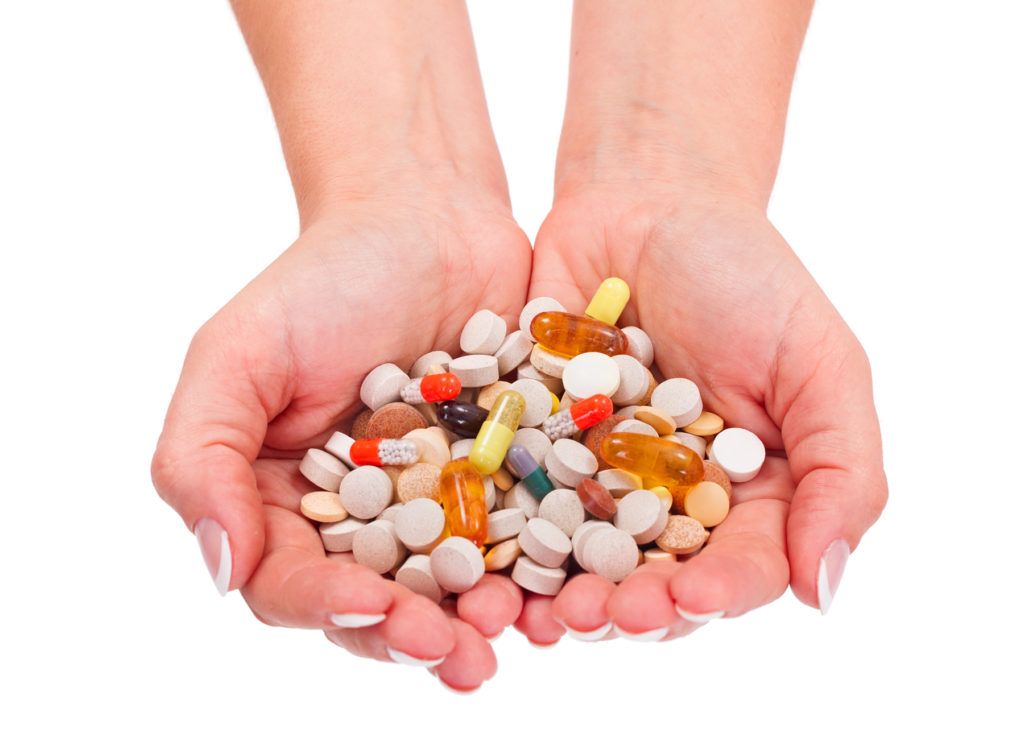 A supplement manufacturer can provide completely safe products, with less than 0.005 milligrams (0.5 mcg) of lead per daily serving, but due to the fact that the manufacturer cannot ensure how much of their product someone might consume, they are forced to warn you that harmful levels of lead might be in their product.
A supplement manufacturer can provide completely safe products, with less than 0.005 milligrams (0.5 mcg) of lead per daily serving, but due to the fact that the manufacturer cannot ensure how much of their product someone might consume, they are forced to warn you that harmful levels of lead might be in their product.
How can a supplement manufacturer ensure that you won’t consume as many supplements per day that would be the same amount you get from your daily diet? How can a manufacturer stop you from taking 2-months worth of supplements every single day? What if that amount exceeded the daily allowable limit of lead from a supplement? Since someone can claim they are consuming more lead than 0.5 mcg per day by consuming an entire bottle daily, everyone in California is warned that the supplement may contain harmful levels of lead. Ah, California; always lowering the bar for the definition of common sense.
Bottom line: supplement manufacturers doing business in California are forced to put a Proposition 65 warning with their very safe products to avoid opportunistic and costly lawsuits.
The irony is, health-conscious people who decide not to use the supplements due to the lead warning, are naturally eating more fruits and vegetables than junk food, and in so doing, are consuming hundreds, if not thousands of times more lead in their diets than they ever would by taking nutritional supplements from a quality supplement manufacturer.
Or, you could really avoid lead by eating junk food and sugary beverages. At least you would be getting less lead from junk food than those eating more fruits, vegetables, and whole grain products. However, how healthy is that? And, how healthy is it to avoid taking quality nutritional supplements?
 Quality nutritional supplements contain exceedingly small amounts of lead, much less than would be found in fruits and vegetables. There is not enough contained in the supplements to even cause any concern. However, put a lead warning label with the supplement, due to some short-sighted law, and some people may mistakenly consider the supplement potentially harmful. Yet, they will eat harmful foods daily without a second thought.
Quality nutritional supplements contain exceedingly small amounts of lead, much less than would be found in fruits and vegetables. There is not enough contained in the supplements to even cause any concern. However, put a lead warning label with the supplement, due to some short-sighted law, and some people may mistakenly consider the supplement potentially harmful. Yet, they will eat harmful foods daily without a second thought.
Quality nutritional supplements and meal-replacement shakes, are among the lowest lead-containing substances and foods you could consume.
Despite getting some lead in fruits and vegetables, and even less from quality meal-replacement shakes, our bodies essentially eliminate all the lead that is ingested. This is why most of us do not have a buildup of lead in our bodies, let alone experience lead toxicity, from eating a diet rich in fruits and vegetables, and/or meal-replacement shakes. The lead is not accumulating to cause any harm.
That is not to say that there is no lead left in our bodies; as there is always a certain level of lead present. There is just not enough to cause disease or disorders. Only high lead exposure, above the level that the body cannot eliminate, leads to neurological problems in children, miscarriages in pregnant women, or high blood pressure and cancer in adults.
Smoking cigarettes is a major source of lead. You get 500 micrograms (mcg) of lead with each puff. Fortunately, most of that lead is immediately exhaled, but a concerning amount of lead is absorbed through your lungs.
Maybe this is obvious, but I suggest not smoking. It is also a good idea not to eat fruits or vegetables grown by roadsides, or grown in gardens near older homes, as the soil in those areas are more likely to be contaminated with more lead than soil elsewhere. Even the “cleanest soil,” still contains lead. Lead is taken up, and incorporated into plants, including fruits and vegetables. 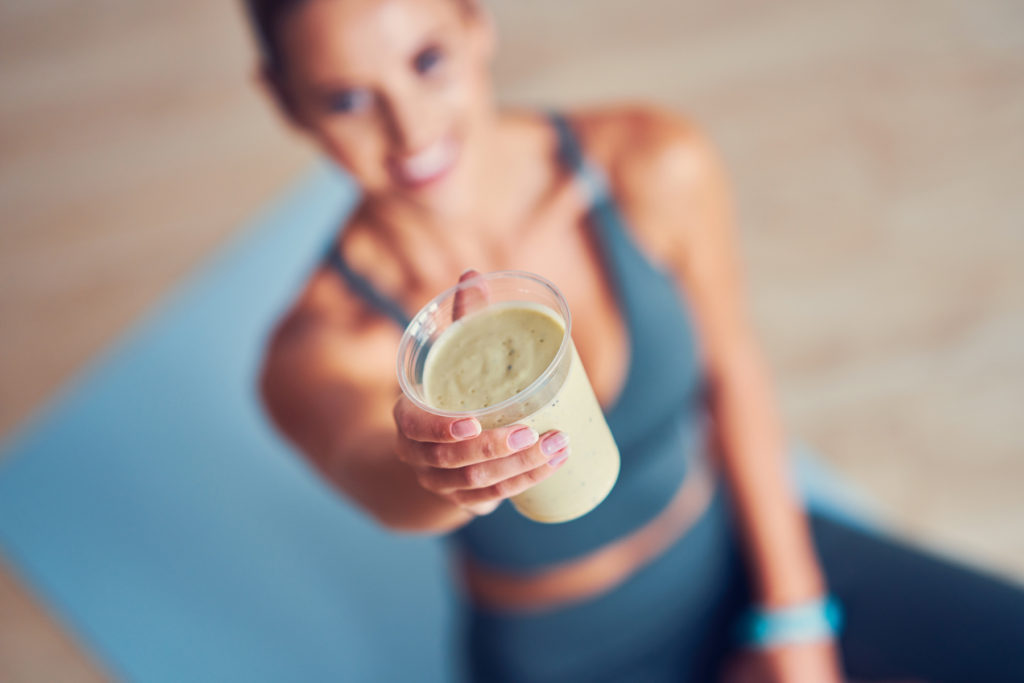 Whole grain foods contain more lead than meat protein and beverages. However, we need whole grains to maintain a healthy diet, despite the fact that they contain more lead than unhealthful foods. But, it does not mean that the amount of lead in the fruits and vegetables we eat are a danger to our health.
Whole grain foods contain more lead than meat protein and beverages. However, we need whole grains to maintain a healthy diet, despite the fact that they contain more lead than unhealthful foods. But, it does not mean that the amount of lead in the fruits and vegetables we eat are a danger to our health.
More About Meal-Replacement Shakes
What about meal-replacement shakes, are they the same as most foods? If there is a good ratio of fiber to sugar, i.e., if the shakes are low-glycemic, then they do contain some lead. So, are they unhealthful?
When you consider what is more likely to cause damage and disease, it is the the drink that contains all high-glycemic sugary carbohydrates (and little-to-no fiber), not the quality meal-replacement shakes
Which would you choose– getting harmless levels of lead (less than 100 micrograms per day) through consuming low-glycemic foods, quality meal-replacement shakes, and quality nutritional supplements (with essentially no lead), or eating a poor diet, with high-glycemic (high carbs) foods and not protecting yourself with quality supplements? Unfortunately, many people choose the latter.
Over-consumption of high-glycemic foods, which are high in carbs, lead to weight gain, oxidative stress and inflammation of the arteries, insulin resistance, type-2 diabetes, and cardiovascular disease.  Without quality nutritional supplements, you are even more at risk of oxidative damage and inflammation, both of which increases the risk of heart disease, cancer, type-2 diabetes, lung diseases, arthritis, and accelerated aging. Other than smoking, obesity and high-glycemic foods are the biggest contributors to nearly every major chronic degenerative disease today. Our true danger in our food is not lead, but the combination of calories, trans fats, refined simple sugars, and lack of adequate micronutrients.
Without quality nutritional supplements, you are even more at risk of oxidative damage and inflammation, both of which increases the risk of heart disease, cancer, type-2 diabetes, lung diseases, arthritis, and accelerated aging. Other than smoking, obesity and high-glycemic foods are the biggest contributors to nearly every major chronic degenerative disease today. Our true danger in our food is not lead, but the combination of calories, trans fats, refined simple sugars, and lack of adequate micronutrients.
Even though “non-harmful” levels of lead are in all foods, especially fruits and vegetables, it does not mean we should avoid healthful foods (except those grown in contaminated soils), nor should we avoid quality, low-glycemic, high fiber meal-replacement shakes and nutritional supplements
Quality meal-replacement shakes contain 6 to 7 micrograms (mcg) of lead per serving, Consuming two or three shakes per day, would deliver only 14 or 21 mcg of lead per day, respectively. Even 21 mcg per day of lead, is FAR LESS than the amount of lead found in the average daily American diet, which is 100 to 300 mcg.
By virtue of consuming a quality meal-replacement shake, instead of regular food, you are essentially “protected” from consuming increased amounts of lead. Taking quality nutritional supplements twice daily, further protects you from lead absorption, as well as oxidative damage and inflammation, and it supports all your cells and organs to function optimally.
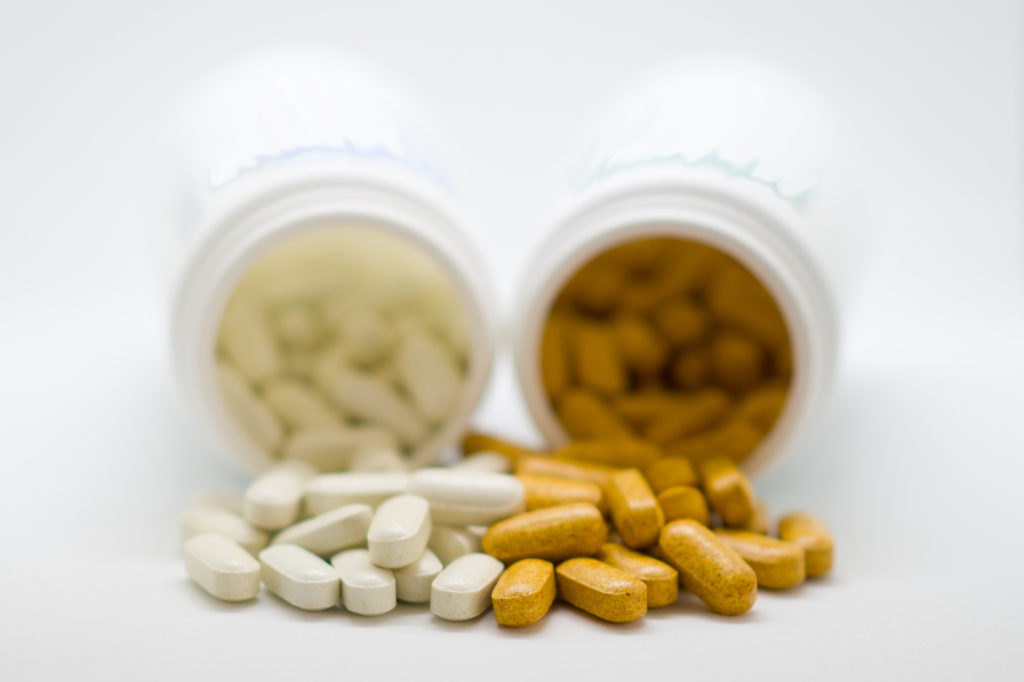 For example, calcium and vitamin C block the absorption of lead in the intestines. And, calcium, magnesium, and vitamin K2, all help to incorporate calcium into bone, thereby blocking lead from being incorporated into bone.
For example, calcium and vitamin C block the absorption of lead in the intestines. And, calcium, magnesium, and vitamin K2, all help to incorporate calcium into bone, thereby blocking lead from being incorporated into bone.
Consider taking a wide-spectrum of pure, potent, and balanced “pharmaceutical-grade” nutritional supplements, including healthful levels of calcium (approximately 700 – 1000 mg per day) and vitamin C (1000+ mg/day), divided twice daily.
I have more specific supplement protocols included within my Dr. Ladd VIP Program. A program designed to assist you with your health; and for those working a supplement business, to further support your customers. Please read more about this effective program.
CLICK HERE to Learn More About Dr. Ladd V.I.P. Program
For more information on safe supplements and the California Prop 65 law in perspective, please see this valuable information at “Ask the Scientists” by Clicking Here.
All materials, written, audio, and visual, are copyrighted by Ladd McNamara, Inc.

